How To Grow Hot & Sweet Peppers
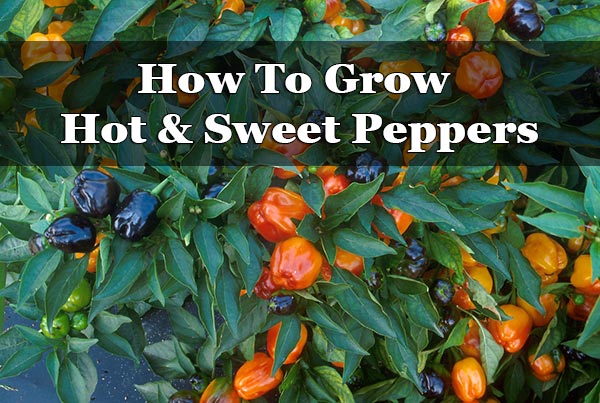
Make sure to like Living Green and Frugally on Facebook, Shop at amazon to help support my site and explore our PINTEREST BOARDS for innovative ways you can become self-sufficient.
Peppers, both sweet and hot varieties, are a delightful addition to any home garden. Whether you enjoy the subtle sweetness of bell peppers or crave the fiery kick of jalapeños, growing peppers can be a rewarding experience for gardeners of all levels. With the right conditions and care, you can cultivate a bountiful harvest of these versatile and flavorful fruits. Here’s a comprehensive guide on how to grow peppers, from planting to harvesting.
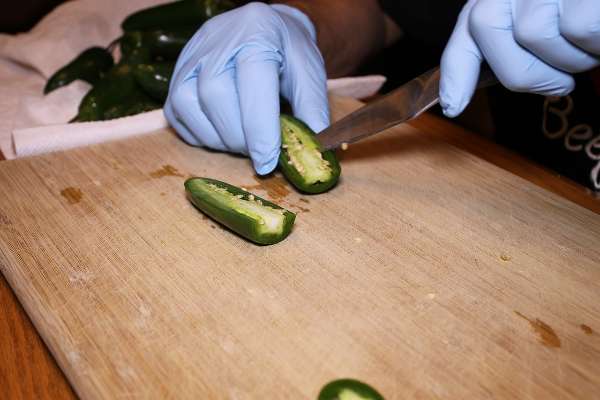
Selecting the Right Pepper Varieties:
Before diving into the growing process, it’s essential to choose the right pepper varieties for your garden. There’s a wide range of sweet and hot peppers to choose from, each with its unique flavor profile and heat intensity. Some popular varieties include:
- Sweet Peppers: Bell peppers (red, yellow, orange, or green), banana peppers, Cubanelle peppers.
- Hot Peppers: Jalapeños, serrano peppers, habanero peppers, cayenne peppers.
Select pepper varieties based on your taste preferences and the level of heat you desire in your dishes. Additionally, consider the climate and growing conditions in your area, as some pepper varieties thrive in specific environments.
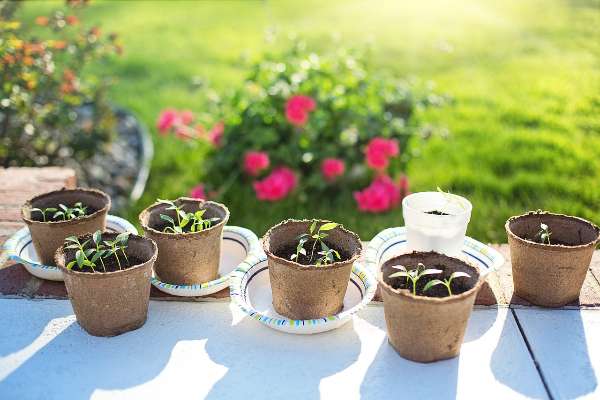
Planting Peppers:
- Timing: Start pepper seeds indoors 8-10 weeks before the last frost date in your region. Peppers require a long growing season, so starting seeds early ensures ample time for plants to mature and produce fruit.
- Seed Starting: Plant pepper seeds in seed-starting trays or small pots filled with seed-starting mix. Sow seeds ¼ inch deep and keep the soil consistently moist until germination occurs, typically within 7-14 days.
- Transplanting: Once seedlings have developed several sets of true leaves and all danger of frost has passed, transplant them into larger containers or directly into the garden. Space pepper plants 18-24 inches apart in well-drained soil with plenty of sunlight (at least 6-8 hours per day).
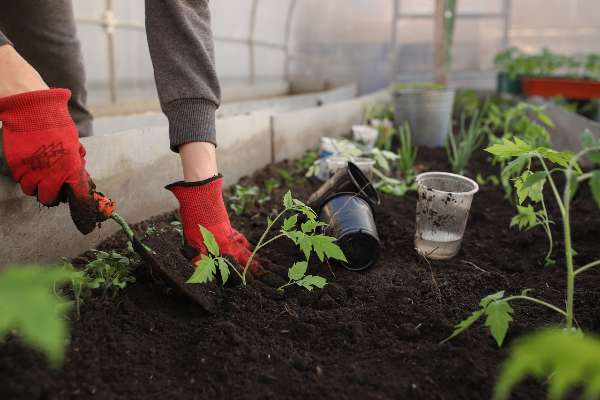
Growing Conditions:
- Sunlight: Peppers thrive in full sunlight. Ensure they receive adequate sunlight throughout the day for healthy growth and fruit production.
- Watering: Keep the soil evenly moist, but not waterlogged. Water peppers deeply once or twice a week, depending on weather conditions and soil moisture levels.
- Fertilization: Fertilize peppers with a balanced fertilizer high in phosphorus to promote flowering and fruiting. Apply fertilizer according to package instructions, typically every 4-6 weeks.
- Mulching: Apply a layer of organic mulch around pepper plants to conserve soil moisture, suppress weeds, and maintain a consistent soil temperature.
Care and Maintenance:
- Support: Tall pepper varieties may require staking or support to prevent them from bending or breaking under the weight of fruit.
- Pruning: Pinch off the first few sets of flowers on pepper plants to encourage bushier growth. Remove any damaged or diseased foliage throughout the growing season.
- Pest and Disease Control: Monitor pepper plants regularly for signs of pests such as aphids, spider mites, or pepper weevils. Use organic pest control methods or insecticidal soap to manage pest infestations. Additionally, practice crop rotation and proper sanitation to prevent diseases such as bacterial spot and powdery mildew.
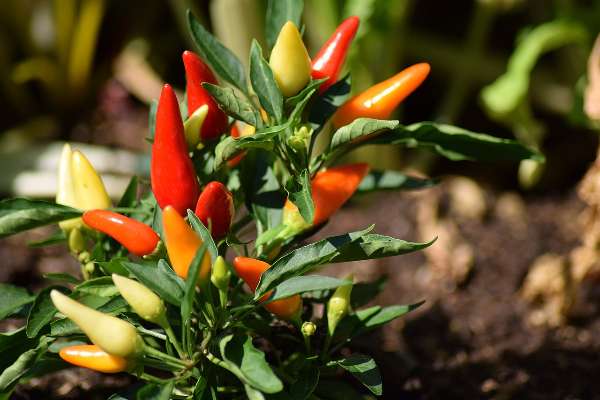
Harvesting Peppers:
- Timing: Peppers can be harvested at various stages of maturity, depending on your preference. Sweet peppers are typically harvested when they reach full size and color, while hot peppers can be picked when green or left to ripen to their mature color (red, orange, yellow).
- Method: Use a sharp pair of scissors or garden shears to cut peppers from the plant, leaving a short stem attached. Avoid pulling or twisting peppers, as this can damage the plant.
- Storage: Store harvested peppers in a cool, dry place or in the refrigerator for up to two weeks. Sweet peppers can also be frozen or preserved by pickling or canning.
Conclusion:
Growing peppers, whether sweet or hot, is a gratifying experience that yields flavorful fruits for culinary delights. By following these guidelines on planting, care, and harvesting, you can cultivate a thriving pepper garden and enjoy a plentiful harvest throughout the growing season. Experiment with different varieties, and savor the vibrant colors, robust flavors, and diverse heat levels that peppers have to offer. Happy gardening!